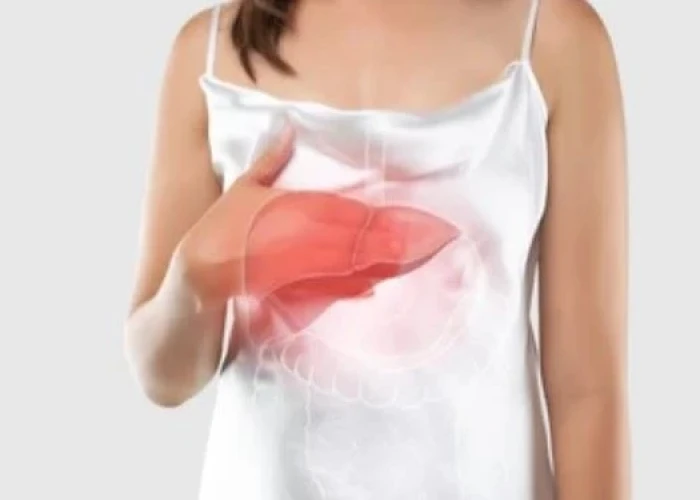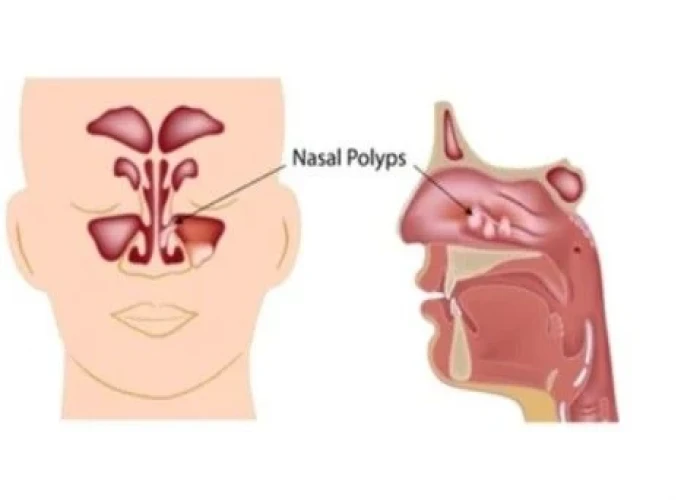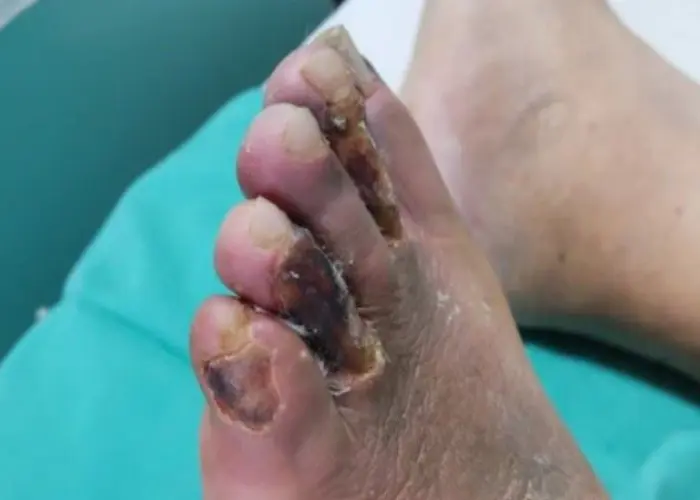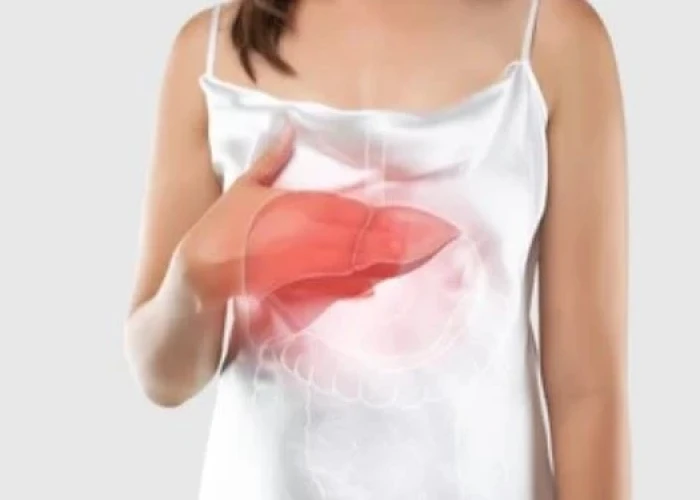 Welcome
Welcome
“May all be happy, may all be healed, may all be at peace and may no one ever suffer."
Nonalcoholic fatty liver disease

Nonalcoholic fatty liver disease (NAFLD) is an umbrella term for a range of liver conditions affecting people who drink little to no alcohol. As the name implies, the main characteristic of NAFLD is too much fat stored in liver cells.
NAFLD is increasingly common around the world, especially in Western nations. In the United States, it is the most common form of chronic liver disease, affecting about one-quarter of the population.
Some individuals with NAFLD can develop nonalcoholic steatohepatitis (NASH), an aggressive form of fatty liver disease, which is marked by liver inflammation and may progress to advanced scarring (cirrhosis) and liver failure. This damage is similar to the damage caused by heavy alcohol use.
Research Papers
Disease Signs and Symptoms
- Fatigue (Tiredness)
- Upper abdomen pain
- Swollen abdomen (Ascites)
- Enlarged liver and spleen
- Yellowing of skin and eyes (jaundice)
- Enlarged blood vessels just beneath the skin's surface
Disease Causes
Nonalcoholic fatty liver disease
Experts don't know exactly why some people accumulate fat in the liver while others do not. Similarly, there is limited understanding of why some fatty livers develop inflammation that progresses to cirrhosis.
NAFLD and NASH are both linked to the following:
- Overweight or obesity
- Insulin resistance, in which your cells don't take up sugar in response to the hormone insulin
- High blood sugar (hyperglycemia), indicating prediabetes or type 2 diabetes
- High levels of fats, particularly triglycerides, in the blood
These combined health problems appear to promote the deposit of fat in the liver. For some people, this excess fat acts as a toxin to liver cells, causing liver inflammation and NASH, which may lead to a buildup of scar tissue in the liver.
Disease Prevents
Nonalcoholic fatty liver disease
To reduce your risk of NAFLD:
- Choose a healthy diet. Choose a healthy plant-based diet that's rich in fruits, vegetables, whole grains and healthy fats.
- Maintain a healthy weight. If you are overweight or obese, reduce the number of calories you eat each day and get more exercise. If you have a healthy weight, work to maintain it by choosing a healthy diet and exercising.
- Exercise. Exercise most days of the week. Get an OK from your doctor first if you haven't been exercising regularly.
Disease Treatments
The first line of treatment is usually weight loss through a combination of a healthy diet and exercise. Losing weight addresses the conditions that contribute to NAFLD. Ideally, a loss of 10% of body weight is desirable, but improvement in risk factors can become apparent if you lose even 3% to 5% of your starting weight. Weight-loss surgery is also an option for those who need to lose a great deal of weight.
For those who have cirrhosis due to NASH, liver transplantation may be an option.
Potential future treatments
No drug treatment has been approved by the Food and Drug Administration for nonalcoholic fatty liver disease, but a few drugs are being studied with promising results.
Disease Diagnoses
Disease Allopathic Generics
Disease Ayurvedic Generics
Disease Homeopathic Generics
Disease yoga
Nonalcoholic fatty liver disease and Learn More about Diseases

Nasal polyps

Nasal and paranasal tumors

Menopause

Nasopharyngeal carcinoma

Melanoma

Claudication

IgA nephropathy (Berger's disease)

Polymorphous light eruption
nonalcoholic fatty liver disease, নোনালিক্যাল ফ্যাটি লিভার ডিজিজ
To be happy, beautiful, healthy, wealthy, hale and long-lived stay with DM3S.
